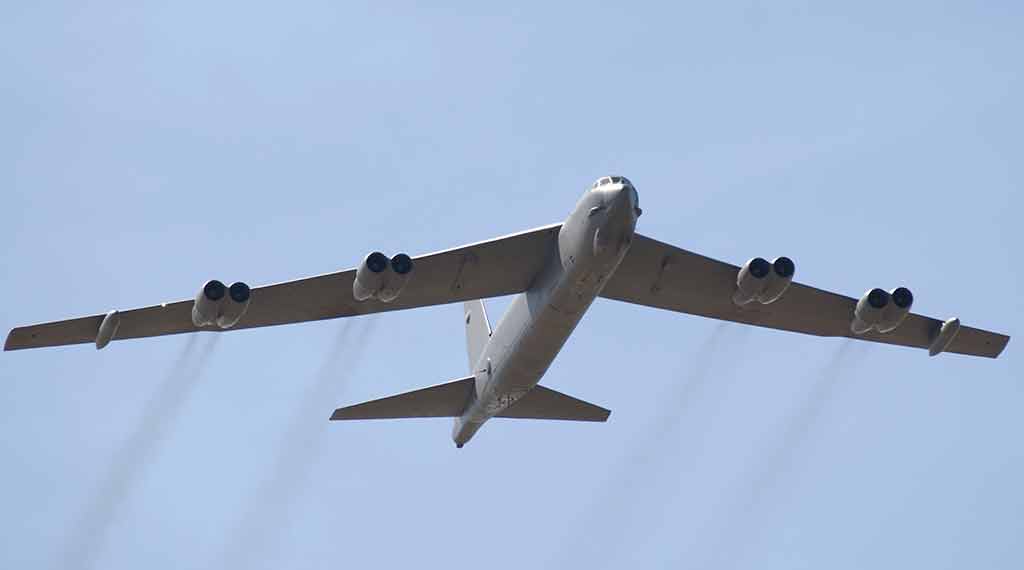
The B-52 Stratofortress, a cornerstone of the U.S. Air Force’s strategic bomber fleet since its first flight over seven decades ago, defies the aging process through successive upgrades. With new engines on the horizon expected to be qualified by year’s end, the Air Force plans to propel the bomber into its manufacturing and development phase, marking the latest in a series of modernizations. These enhancements, ranging from improved communications systems to advanced AESA radar technology and a revamped internal weapons bay capable of carrying the latest “J-Series” bombs, aim to extend the B-52’s operational lifespan into the 2060s. As the Air Force develops the sixth-generation B-21 Raider stealth bomber, the B-52 is not set for immediate retirement but is expected to operate alongside the Raider, performing integrated multi-domain operations. This blend of historical legacy and cutting-edge technology underscores the B-52’s enduring role in American air power and its adaptability to future warfare needs.
B-52 Stratofortress: Flying into the Future with Cutting-Edge Upgrades
The U.S. Air Force’s B-52 bomber took its first flight over seven decades ago.
While the platform may be one of the oldest remaining in service, many new upgrades have helped it retain quite an edge over competitors.
The Air Force expects to complete qualification testing of new engines planned for the Stratofortress by the end of this year.
Once this testing is finalized, the service also intends to make a Milestone B decision on the Commercial Engine Replacement Program, which would push the process into its manufacturing and engineering development phase.
- Iran’s Growing Missile Arsenal Is a Challenge for Israel - November 18, 2025
- IAI Is Hoping to Secure a Contract for the “Golden Dome” - November 3, 2025
- Trump dispatches B-1 bombers and other military assets to Venezuela - October 28, 2025
